William Herschel discovered infrared light in 1800 (Herschel 1800). R. W. Wood made the first outdoor infrared photograph in 1910 (Wood 1910). Robert Greenler was the first to publish an infrared photograph of a rainbow in 1971 (Greenler 1971). Vollmer and Shaw were the first to publish a pure infrared photograph of a 22° ice crystal halo (Figure 1, Volmer and Shaw 2017). All of these published findings involve near infrared (NIR) light, with wavelengths slightly longer than red light (i.e., not thermal infrared radiation).
Continue reading “Halo: Red vs. Blue”Tag: Photography
Fun Factivities: Daytime Darkness
In 1992, Kellogg’s was collaborating with World Book to deliver educational content to kids on cereal boxes. In addition to its popular encyclopedia (still in print and updated every year), World Book produced Childcraft, a 15-volume set about everything interesting to kids. Childcraft produced the cereal box content.
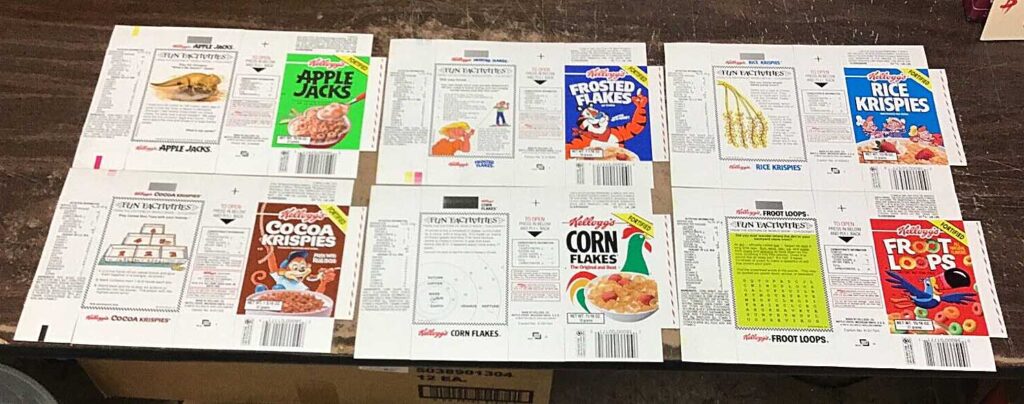
At the time, Kellogg’s Variety Packs included 10 (or sometimes 8?) single serving boxes of cereal. Each one had a Fun `Factivity’ on the back of the box (Figures 1 and 2). I don’t remember how I came across the box of Frosted Flakes below (Figure 3), but I still have it because I recognized the eclipse – the corona had the same shape as an eclipse I photographed 20 years earlier.
Continue reading “Fun Factivities: Daytime Darkness”SliderPro 1000
About 10 years ago I started making digital copies of old film negatives and color slides. The scanners I had access to produced disappointing results, so I tried taking a closeup of the film with a digital camera (Figure 1). The camera was the first DSLR I owned. This made very good copies, capturing most of the information in the old film. My more recent experiences with consumer scanners and commercial scanning services suggest that it is easy to get much better results using a camera than with a slide/film scanner.
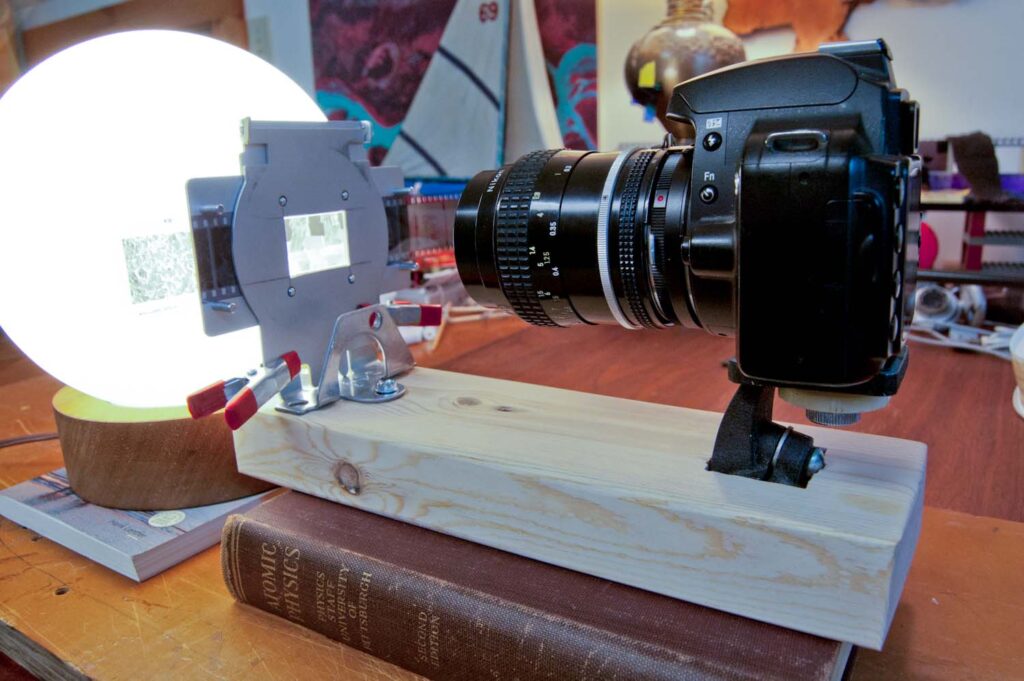
Vintage chronosequence
In the late 1980s, I established vegetation study plots at 10 sites along the eastern side of Glacier Bay in southeastern Alaska. These sites were more or less evenly spaced between the retreating Muir Glacier and the terminal moraine which the Glacier Bay ice had built at the end of the Little Ice Age. The youngest site had been exposed by retreating ice in 1968 and the oldest site had been exposed around 1770 soon after the ice melted back from the 1740 moraine. So on average the age difference between “consecutive” sites was about 20 years (202 years ÷ 10).
There are three approaches to learning things from this series of different aged study sites:
- You can assume the sites form a chronosequence so that changes inferred from the series of progressively older sites are also changes that have happened at individual sites. According to this assumption my older study sites would have passed successively through stages similar to all of the younger sites.
- You can be less trusting of the chronosequence and use evidence at each site to reconstruct its developmental history. This history can be compared to younger sites and to their histories to test the above assumption. Tree rings and paleoecology are potential sources of information about vegetation history at individual sites.
- You can wait until each site attains the age of the next older site at the time of establishment. At that time Site 1 should look just like Site 2 did when you started, and so on. If the chronosequence assumption is valid, each site will have aged predictably and you will have a new, slightly older, and now verified chronosequence. You can have some confidence that inferences about change made from that chronosequence are valid.
Documenting Dryas
I saw Riggs Glacier on my first trip to Glacier Bay in 1984. Of the three tidewater glaciers in Muir Inlet at that time, only McBride Glacier reaches sea level today. In 1990, as one of the final field tasks for my dissertation, I established permanent study plots between Riggs Glacier and Muir Glacier. This summer Galen and I used old sketch maps to find all five of them and recorded GPS coordinates.
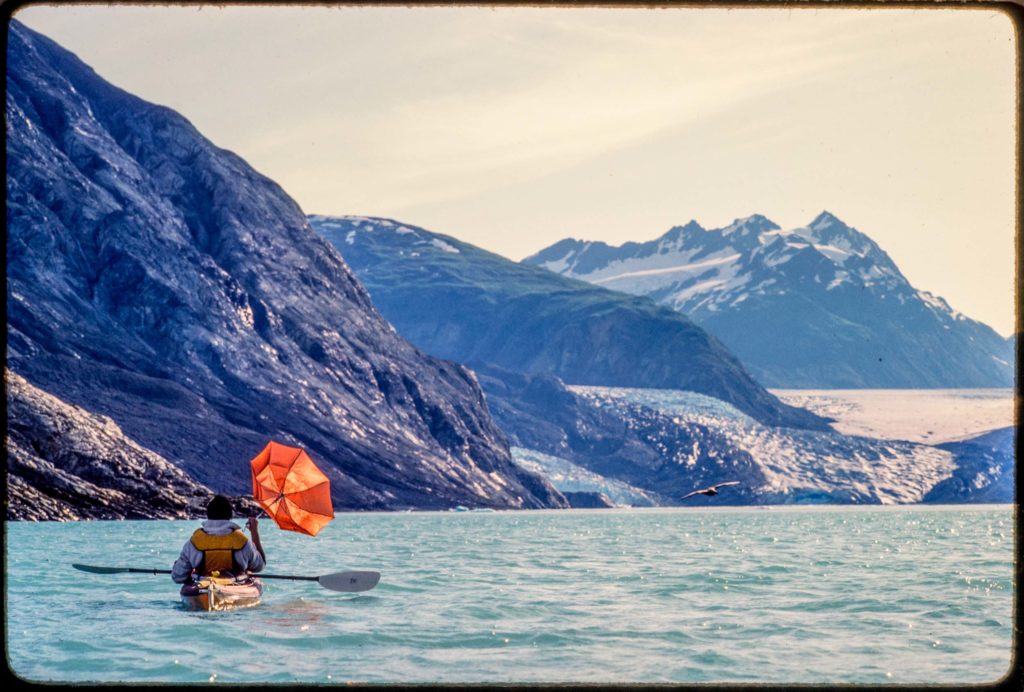
Cairn photo
My second youngest study site at Glacier Bay is on a bench of outwash about 150 feet above Muir Inlet. Before alders covered the young surface in the mid 20th century, the bench offered a good view of the retreating face of Muir Glacier to the north. William O. Field established a photo station there maybe in the late 1940s and marked the spot with a cairn assembled of several large rocks (see http://fastie.net/dating-fred/). I found a cairn in 1988 when I set up my study plots in a dense thicket of alders.
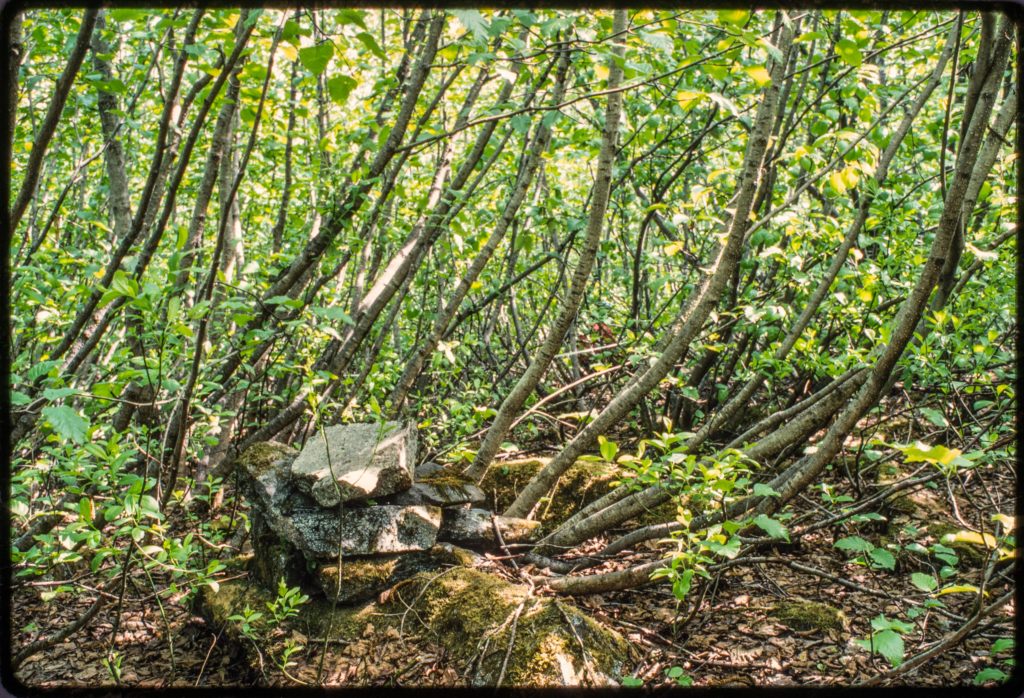
Shelf portrait
It was not easy to find a photo of these bookshelves as they were installed in my parents’ house. The shelves were behind a table and hard to photograph, and they were also not very photogenic. I thought they were cool and modern in the sixties, but I never thought they were important (I do now). The shelves are probably in the background of some other photos, but this one from 1972 was the first I came across and is certainly more interesting than the rest. Many of the books in this shot are still on these shelves.
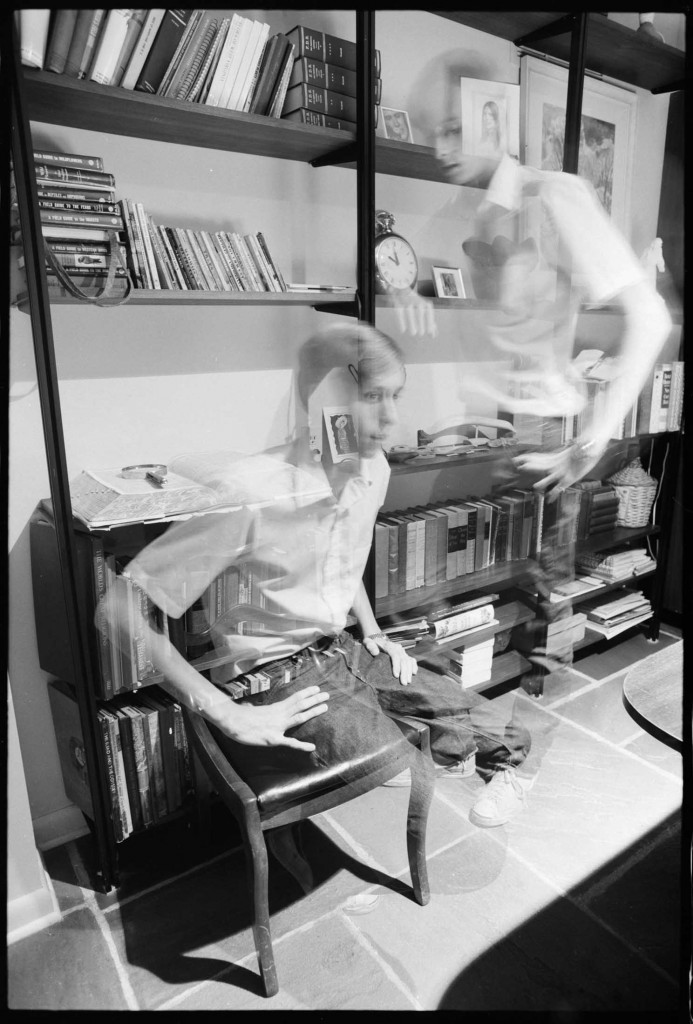
Testing MIDOPT filters
Last spring, Barry Warzak of Midwest Optical Systems (MIDOPT) in Illinois contacted Ned Horning about writing an article on dual bandpass filters. Ned got me involved, and Barry also became interested in having us try some of the new filters he was developing. The primary focus of MIDOPT is industrial machine vision filters and lenses, but Barry recognizes the potential in the emerging market for agricultural analysis and aerial imaging. Barry has sent us samples of 15 different filters that could be used for infrared plant health analysis. Some of these are fancy dichroic filters that transmit one or two very narrow bands of color, and others are high quality glass filters that have spectral qualities similar to Wratten 25A, Wratten 15, or Schott BG3 filters.
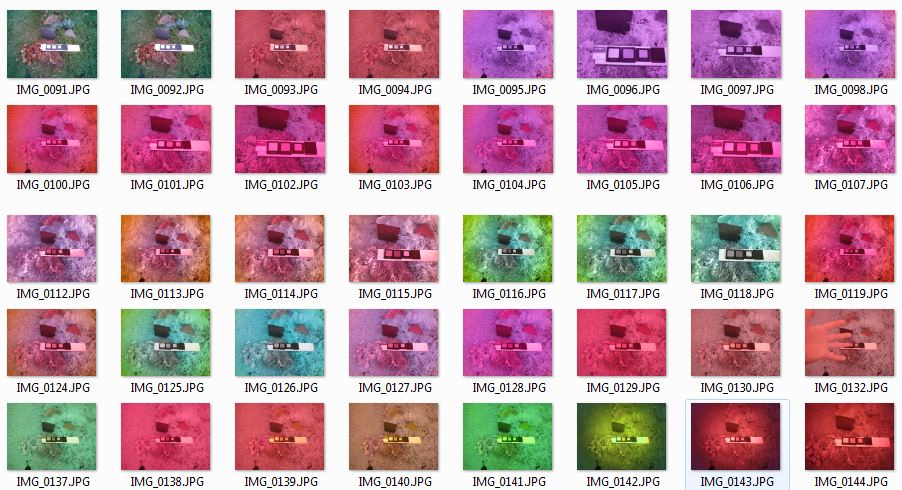
Gas Ice Bait Beer
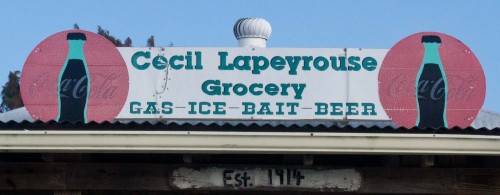
The levee of Bayou Petit Caillou supports the long strip of houses that is Chauvin and Cocodrie, the narrowest towns I have ever seen. Way down delta in Louisiana, you are either on the levee, in the bayou, or somewhere out in the salt marsh. For exactly 100 years, Cecil Lapeyrouse’s Grocery has been on the levee. Today most of the houses are seasonal, and the store gets by with business from people coming down to shrimp or fish or have fun. We stopped by on our exit from the LUMCON Marine Center in Cocodrie where Public Lab held its annual meeting. That had fallen into the fun category. Continue reading “Gas Ice Bait Beer”
The KAPtery is open
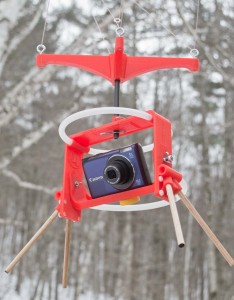
Update (March, 2015): The KAPtery has moved to kaptery.com.
Thanks
Red Dog Redux
Click photos to enlarge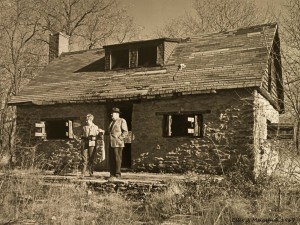
Marker historical
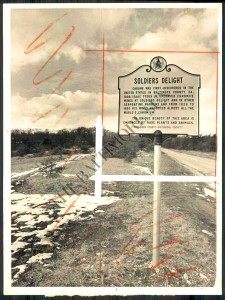
The Maryland Historical Society installed the Soldiers Delight historical marker in 1968. It looks brand new in the 1969 photo from The Baltimore Sun archives, and it appears to be on the west side of Deer Park Road near the overlook. I photographed the marker in 1973 when it appears to be on the opposite side of the road. It also appears to have been repaired after being broken off the post. I found a recent photo from August 2009 showing a completely new sign now back on the west side of the road next to the overlook parking. The wording of the sign has not changed, only the number of paragraphs and the number of spelling errors. Continue reading “Marker historical”
